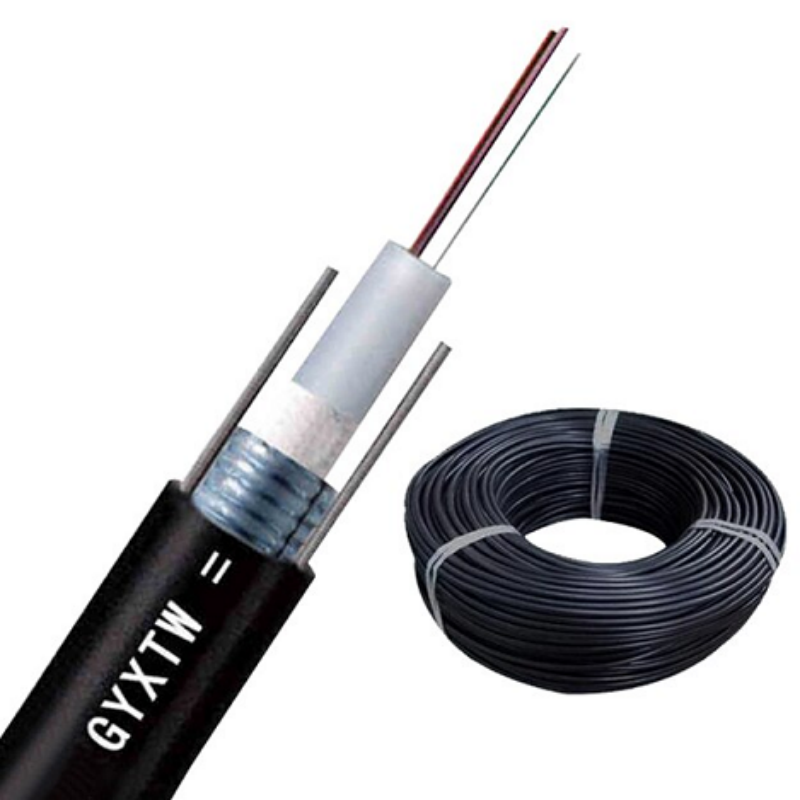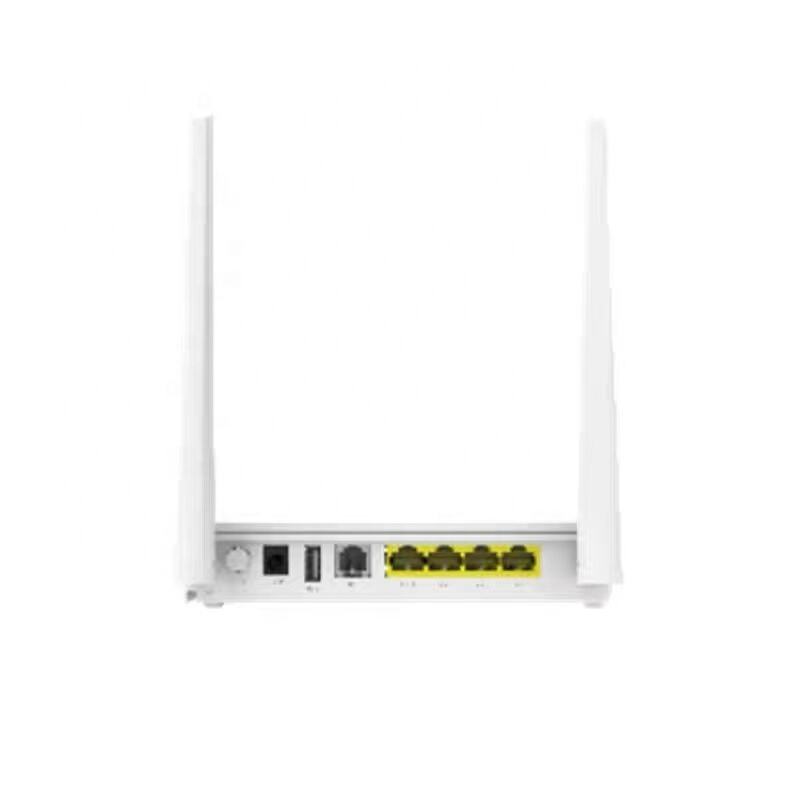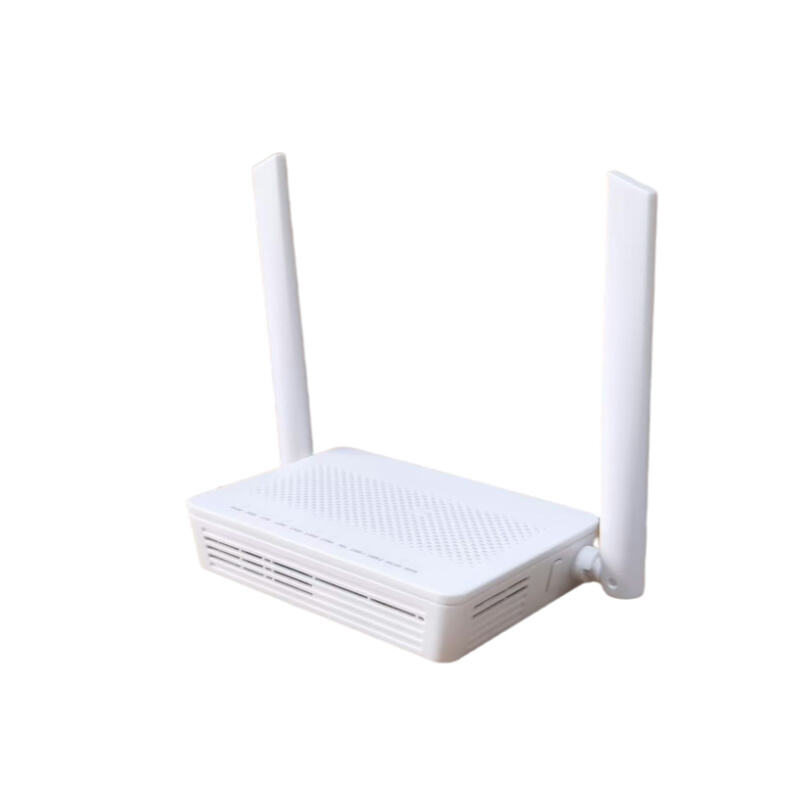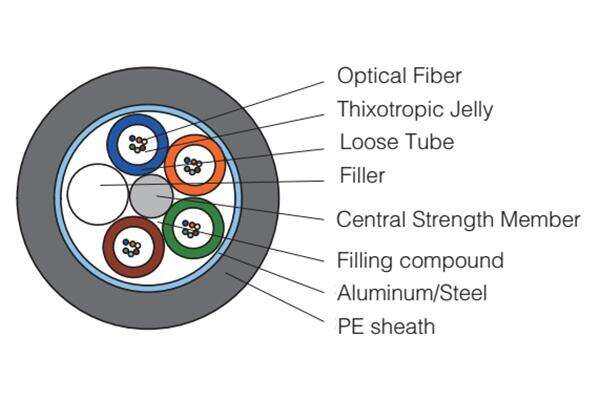underwater communication cables
Underwater communication cables, also known as submarine cables, form the backbone of global telecommunications infrastructure, carrying approximately 99% of all intercontinental data traffic. These remarkable engineering feats consist of fiber optic cables housed within multiple protective layers, designed to withstand extreme ocean depths and environmental challenges. The cables typically measure between 69-89 millimeters in diameter and are carefully laid along the ocean floor using specialized vessels. At their core, these cables contain optical fibers that transmit data using light signals, enabling high-speed internet connections, telephone communications, and data transfer across vast oceanic distances. The technology employs advanced signal amplification systems and repeaters placed at regular intervals to maintain signal strength over thousands of kilometers. Modern underwater cables can transmit data at speeds exceeding 100 terabits per second, making them crucial for international business operations, cloud computing services, and global internet connectivity. The cable systems feature sophisticated monitoring equipment that can detect and locate potential damage or disruptions, allowing for swift maintenance responses to ensure continuous operation.












